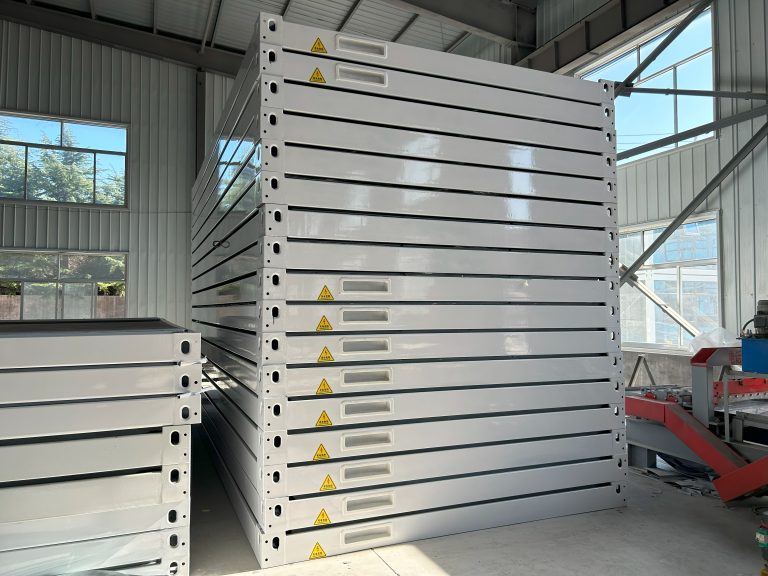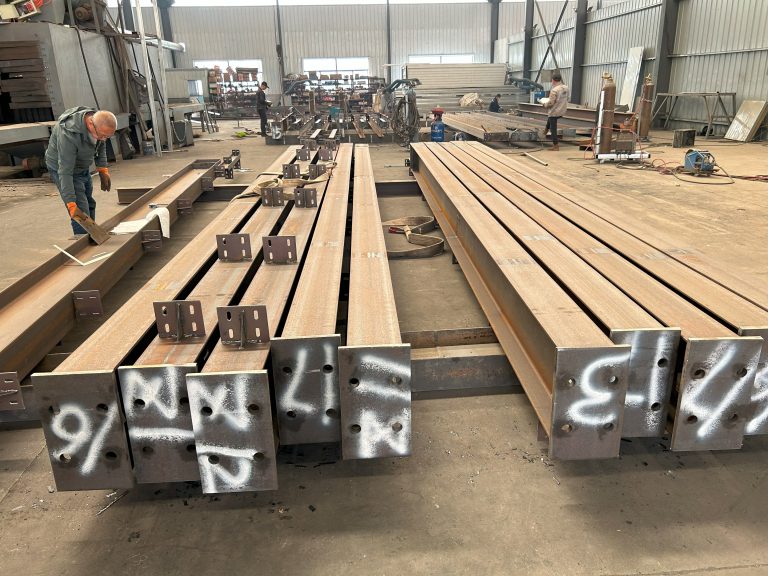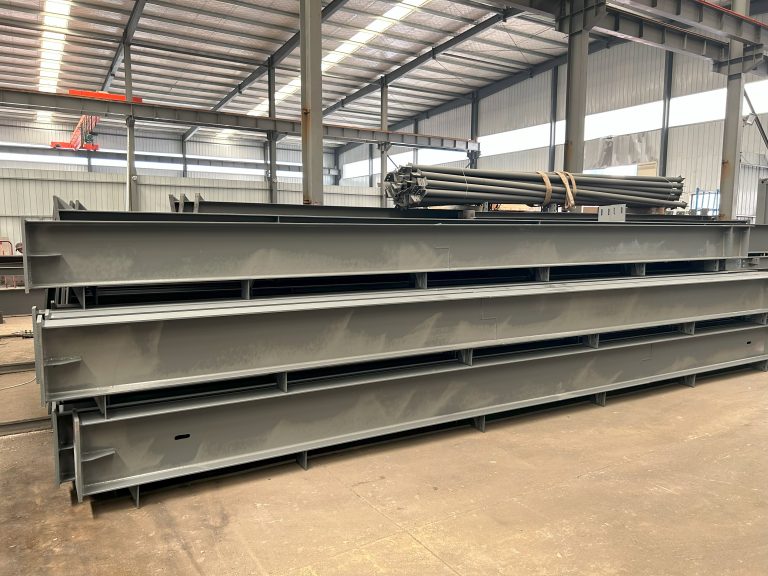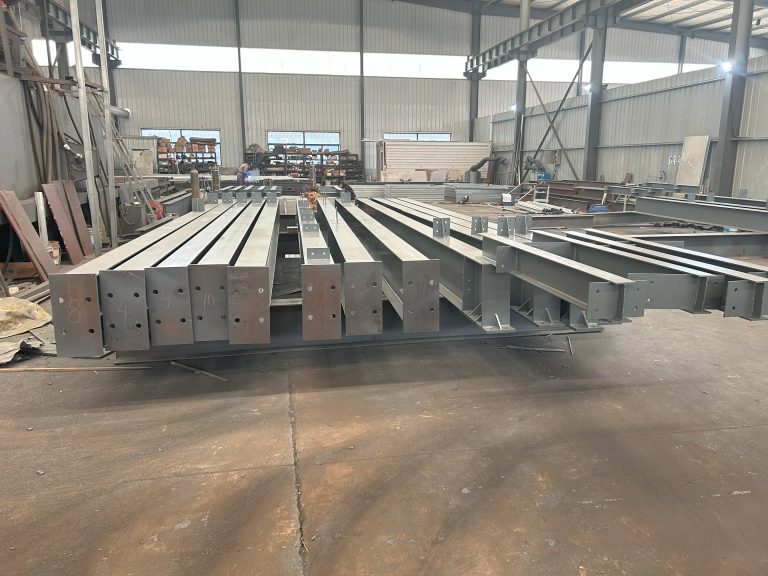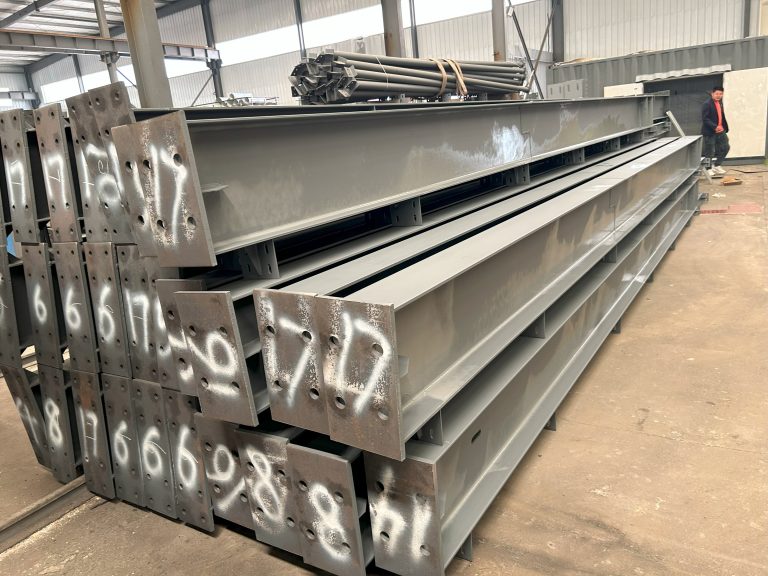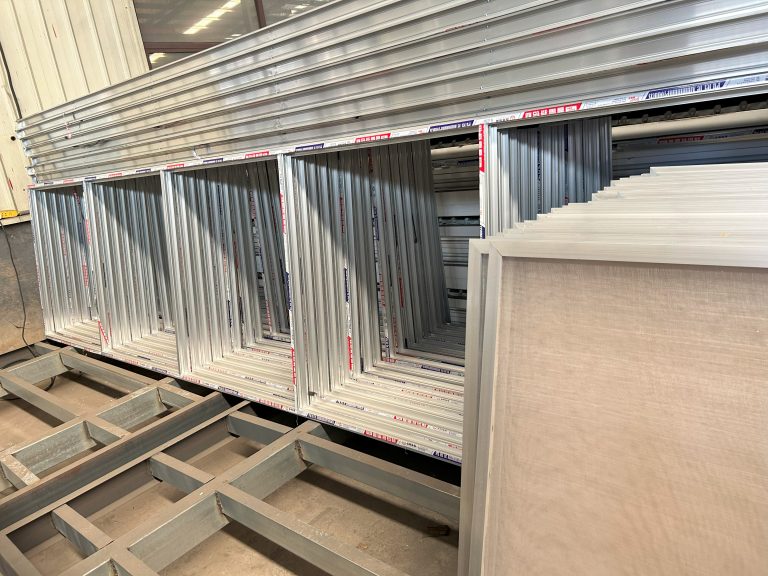Technical progress of steel structure industry in informatization and automation of construction industry
Table of Contents
Benefits of Implementing BIM Technology in Steel Structure Design and Construction
The steel structure industry has seen significant advancements in recent years, particularly in the realm of informatization and automation. One of the key technologies driving this progress is Building Information Modeling (BIM). BIM is a digital representation of the physical and functional characteristics of a building, which allows for the creation of a virtual model that can be used for design, construction, and operation.
Implementing BIM technology in steel structure design and construction offers a wide range of benefits. One of the primary advantages is improved collaboration and communication among project stakeholders. With BIM, architects, engineers, and contractors can work together in a shared digital environment, allowing for real-time updates and seamless coordination. This leads to fewer errors and conflicts during the design and construction process, ultimately saving time and money.
Additionally, BIM enables more accurate and efficient design of steel structures. By creating a detailed 3D model of the building, designers can better visualize the project and identify potential issues before construction begins. This results in a higher quality end product and reduces the likelihood of costly rework. BIM also allows for the optimization of steel structure designs, leading to more efficient use of materials and improved structural performance.
Another benefit of implementing BIM technology in steel structure design and construction is the ability to simulate and analyze various scenarios. With BIM, designers can conduct virtual tests to evaluate the performance of different design options, such as load-bearing capacity and structural integrity. This helps to ensure that the final steel structure meets all safety and regulatory requirements.
Furthermore, BIM facilitates the integration of other technologies, such as automation and robotics, into the construction process. By linking the BIM model to automated fabrication equipment, steel components can be manufactured with greater precision and efficiency. This not only speeds up the construction process but also improves the overall quality of the finished structure.
In addition to these technical benefits, implementing BIM technology in steel structure design and construction also has positive implications for sustainability. By optimizing designs and reducing material waste, BIM helps to minimize the environmental impact of construction projects. Furthermore, the ability to simulate energy performance and analyze lifecycle costs allows for the creation of more sustainable and energy-efficient buildings.
Overall, the technical progress of the steel structure industry in informatization and automation, particularly through the implementation of BIM technology, has revolutionized the way steel structures are designed and constructed. The benefits of improved collaboration, more accurate design, simulation and analysis capabilities, integration of automation, and sustainability considerations make BIM an essential tool for modern construction projects. As the industry continues to evolve, it is clear that BIM will play a crucial role in shaping the future of steel structure design and construction.
The Role of Robotics and AI in Improving Efficiency and Safety in Steel Structure Fabrication and Assembly
The steel structure industry has seen significant advancements in recent years, particularly in the areas of informatization and automation. These advancements have been driven by the increasing demand for more efficient and cost-effective construction methods, as well as the need to improve safety standards in the industry. One of the key technologies that has played a crucial role in this progress is robotics and artificial intelligence (AI).
Robots have been increasingly used in steel structure fabrication and assembly processes, as they can perform tasks with a high degree of precision and efficiency. This has led to a significant reduction in production time and costs, as well as an improvement in the overall quality of the finished product. In addition, robots are able to work in hazardous environments that may be unsafe for human workers, thereby improving safety standards in the industry.
AI has also played a key role in improving efficiency and safety in steel structure fabrication and assembly. AI algorithms can analyze large amounts of data to optimize production processes, identify potential issues before they occur, and make real-time adjustments to improve overall performance. This has led to a significant increase in productivity and a reduction in errors, as well as a decrease in the likelihood of accidents occurring on the job site.
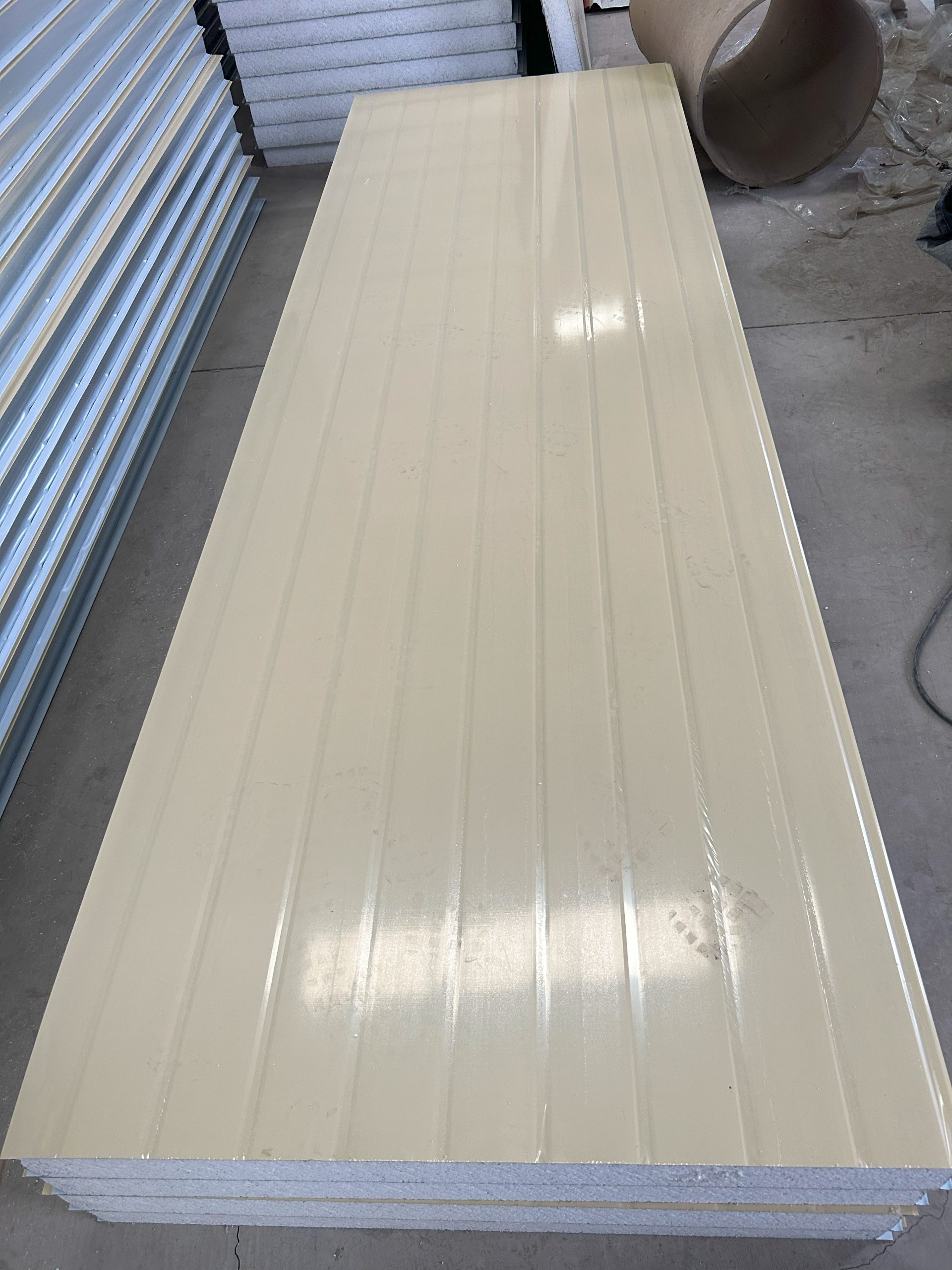
One of the key benefits of using robotics and AI in steel structure fabrication and assembly is the ability to automate repetitive and labor-intensive tasks. This allows human workers to focus on more complex and creative aspects of the construction process, leading to a more efficient and productive workforce. In addition, robots and AI can work around the clock, without the need for breaks or rest, leading to a significant increase in overall production capacity.
Another key advantage of using robotics and AI in steel structure fabrication and assembly is the ability to improve safety standards in the industry. Robots are able to work in hazardous environments that may be unsafe for human workers, such as extreme temperatures or heights, without putting anyone at risk. In addition, AI algorithms can analyze data in real-time to identify potential safety hazards and make adjustments to prevent accidents from occurring.
Overall, the role of robotics and AI in improving efficiency and safety in steel structure fabrication and assembly cannot be overstated. These technologies have revolutionized the industry, leading to significant advancements in production processes, quality control, and safety standards. As the demand for more efficient and cost-effective construction methods continues to grow, it is likely that robotics and AI will play an even greater role in shaping the future of the steel structure industry.

